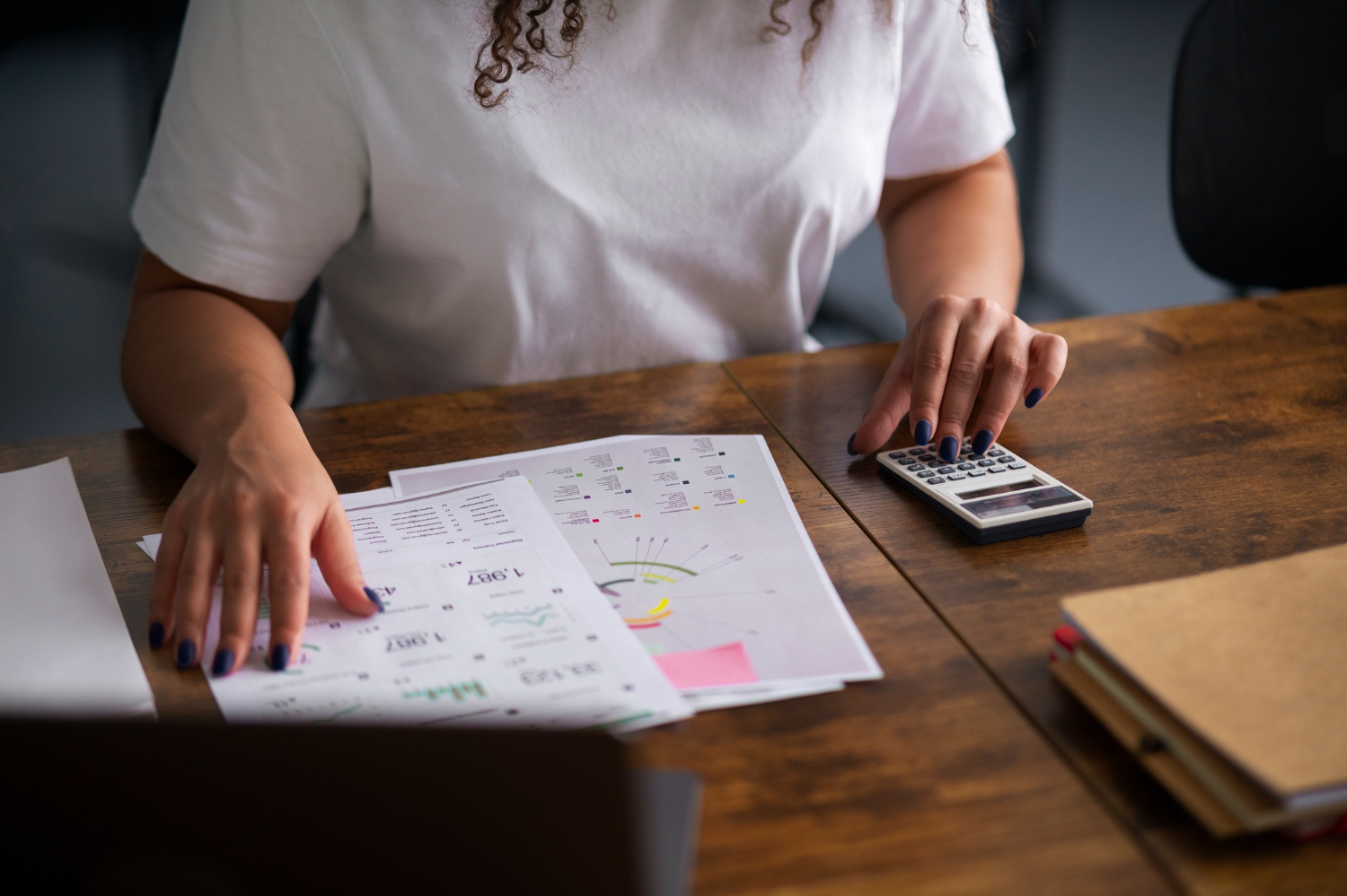Emergency Fund: Know the Importance and How to Have One

Anúncios
In times of economic uncertainty and unexpected events, having an emergency fund is more than just a good financial practice—it’s a fundamental necessity to ensure stability and financial security.
Therefore, in this article, we will explore the importance of an emergency fund and provide pathways on how to build and maintain one effectively.
Anúncios
Keep reading to find out what an emergency fund is and how to create one.
So, what is an emergency fund?
An emergency fund is a sum of money specifically reserved to cover unexpected or unforeseen expenses that may arise in daily life.
Anúncios
It serves as a financial cushion for situations like sudden unemployment, unplanned medical expenses, emergency home or car repairs, or any other financial crisis that may arise.
Having an emergency fund not only helps protect your financial stability but also provides peace of mind, knowing that you are prepared to face any adversity that may arise.
So, in simple terms, an emergency fund is money set aside that you can use for certain situations.
Why is it necessary to have one?
Having an emergency fund is crucial for several fundamental reasons that directly affect financial stability and personal well-being.
Here are some reasons to have an emergency fund:
- Sudden Unemployment: A fund provides financial support during the transition period between jobs.
- Unexpected Medical Expenses: Having an emergency fund ensures that you can handle these expenses without compromising your financial stability.
- Emergency Repairs: Broken cars, faulty appliances, or structural issues at home are common examples of unexpected expenses that can arise at any time.
- Natural Disasters: Unforeseen events like fires, floods, or earthquakes can cause significant property damage.
- Alternative to Loans: Instead of resorting to high-cost loans in times of crisis, an emergency fund provides a source of funding that doesn’t require payment of interest or additional fees.
- Protection against Credit Card Debt: A fund avoids this financial trap and provides more security for you.
- Peace of Mind: Knowing that you have an emergency fund available offers peace of mind and financial security, allowing you to face unforeseen challenges with confidence.
- Financial Flexibility: A fund provides flexibility to cope with life changes, such as career opportunities, family changes, or unexpected events.
Having an emergency fund is not only a smart financial precaution but also an essential measure to ensure financial stability and emotional well-being, regardless of the challenges life may present.
Understand the necessary amount for the fund
Understanding the necessary amount for your emergency fund is essential to ensure that you have sufficient resources to deal with unexpected situations without compromising your financial stability.
To calculate this amount, the first step is to assess your essential monthly expenses, such as housing, food, utilities, and transportation, as well as variable expenses such as groceries and leisure.
Then, determine how long you want your emergency fund to cover your expenses in case of income loss—typically, it’s recommended between three to six months.
Multiply your monthly expenses by the desired number of months to get the total needed.
Also, consider additional factors such as financial dependents, frequent medical expenses, or other alternative sources of income.
Adjust the value of your emergency fund according to your individual circumstances. If you have a stable job and other sources of income, you may opt for a smaller fund, while more complex situations may require a larger fund.
Regularly review your expenses and financial circumstances to ensure that the value of your emergency fund remains adequate.
This way, you’ll be better prepared to face financial emergencies and maintain long-term economic stability.
How to create an emergency fund?
As you can see so far, creating an emergency fund is a fundamental step to ensure your financial security and peace of mind in the face of unforeseen events.
Here are some tips to help you establish and strengthen yours:
Set your goal
Before you start saving, it’s essential to clearly define your goal for the emergency fund.
Determine the total amount you want to accumulate based on your monthly expenses and the desired coverage period.
This goal will serve as a guide for your saving efforts and help you stay focused throughout the process.
Remember that, according to what we’ve presented, ideally, you should have 3 to 6 months of your expenses as an emergency fund.
Organize your finances
Review your monthly budget and identify areas where you can reduce expenses and allocate more resources to your emergency fund.
Eliminating unnecessary expenses is essential to increase your savings capacity. Then, prioritize your expenses in order of importance and prioritize saving for your emergency fund.
Consider cutting superfluous expenses and reassessing recurring expenses to free up more money for savings.
To make it easier, set up automatic transfers to deposit a percentage of your income directly into your emergency fund account each month.
Automating your savings makes it easier to maintain the commitment to save regularly.
If you have high-cost debts, such as credit cards with high-interest rates, consider prioritizing their payment while simultaneously saving for your emergency fund.
Reducing your debts will also reduce financial pressure in case of emergencies.
Take advantage of opportunities to save
Take advantage of opportunities to save by reviewing your expenses.
Analyze your monthly expenses and identify areas where you can cut costs, such as canceling unnecessary subscriptions, limiting dining out, or opting for more economical brands in your purchases.
Additionally, save on small expenses, as small savings can add up over time. Look for ways to save on everyday expenses such as electricity, water, phone, and transportation.
Don’t forget to seek promotions and discounts on essential purchases. Be on the lookout for coupons, loyalty programs, and special offers to save money whenever possible.
Embrace automation
Embracing automation is crucial to streamline the saving process. An effective way to do this is to set up automatic transfers of a percentage of your income to your fund account each pay period.
This way, you save regularly without having to think about it. Additionally, consider using financial apps.
There are several options available that can help automate your savings. These apps can monitor your spending, establish personalized savings goals, and even round up your purchases to the next dollar, transferring the difference to your savings account.
With automation, you simplify the saving process and make it easier to maintain the habit of saving regularly.
Choose a place to keep it
When choosing a place to keep your fund, consider various options that suit your needs:
One option is to opt for a separate savings account. Choose a financial institution that offers a competitive interest rate and does not charge excessive fees.
This ensures that your money is safe and earning interest while remaining accessible when needed.
Another alternative is to use a checking account with an integrated savings account.
Some financial institutions offer this type of account, making it easy to transfer funds between accounts and ensuring that your money is always available when needed.
If you’re willing to forego immediate access to funds in exchange for a higher interest rate, consider investing in short-term Certificates of Deposit (CDs).
Make sure to choose a CD with a low penalty for early withdrawal in case you need to access your money before maturity. This option can provide a higher financial return to your emergency fund.
With these tips, you can set up your emergency fund and organize your financial life. Take the opportunity to put them into practice and find more tips on our website.





